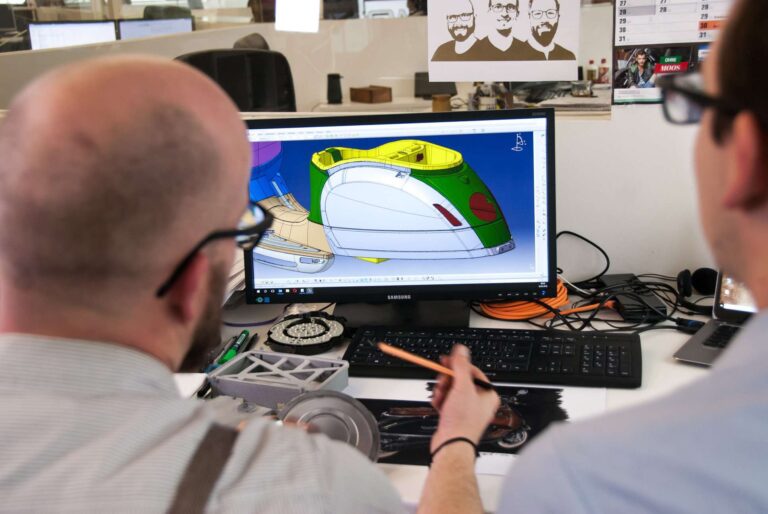
It is true that the human race might yet be a long way from conquering the pandemic especially as experts have hinted at a possible second wave, it is however evident the casualties of the coronavirus (that has rocked the world for the past nine months and has practically brought economies to their knees) could have been a lot more than we have recorded.
The virus, which was first identified in Wuhan, China in December 2019 has since recorded in about 18.1 million confirmed cases with over 690,000 people dead in at least 188 countries of the world.
As terrifying as these figures might be, the world has witnessed more horrifying plagues some of which include The Black Death 1346-1353 (75m -200m deaths) and The Flu Pandemic of 1918 (20m – 50m deaths). The latter has often been said to have very similar traits with Covid19 in its mode of transmission and symptoms yet in the first 25 weeks of the 1918 pandemic no less than 25 million deaths. This is an alarming figure when compared with the current 690,000 mortality rate recorded in about 33 weeks.
We will be looking at how modern technology has played a huge role in taming the potentially-devastating beast that the virus could have been
1. Information & Daily Updates
Hardly has a day passed by in the year of 2020 where we have not been inundated with news on epicentres, new cases, death tolls, businesses closing and reopening, flight restrictions and everything remotely related to the virus. This overload of information has sometimes been credited for the relatively low numbers in Africa as the continent was able to prepare itself ahead of the invasion by the virus.

Data on the worst hit locations and least affected areas have also helped neighbouring territories take the best decisions in securing their borders and monitoring ingress and egress into their jurisdictions.
These would have been practically impossible to achieve without the aid of the internet, social media and health campaigns across electronic media.
2. Education on Preventive Measures
Admittedly, there were (and still are) controversies about wearing facemasks, however phrases like ‘social distancing’ ‘washing of hands’ ‘isolation centers’ etc. became common global lingo.

Guidelines and creative challenges on these measures became popular with brands and organizations while corporate bodies upgraded their services and structures to accommodate the required health standards to operate.
These measures have also aided the fight against the virus. It is needless to say that the rapid spread and dissemination of useful information using technology enabled this feat.
3. Contact Tracing & Tracking
After a person has tested positive for the virus, the next step usually is identifying all the individuals they might have come in contact with to monitor them for possible symptoms of having contracted the virus from the identified case.

This is what is referred to as contact tracing and has been very instrumental to flattening the curve.
Word on the street however, is that certain countries ave moved several steps ahead of this stage and have activated a digital service that notifies people who may have been or presently are in close proximity to a confirmed infected carrier of the virus.
4. Treatment
With the aid of advanced research and technological innovations, it became possible to design 3D ventilators and then print them out for use.

These helped to greatly supplement the number of ventilators available around the globe and at much more affordable rates making them accessible to economies that could not afford the otherwise steep costs.
5. Slow but Steady March Towards a Vaccine
There are indications that a vaccine might be available before the year runs out. The initial position by medical scientists was that it was going to take at least 18 months to test, verify and produce enough vaccines to roll out for use all over the world.

There are certainly more ways that the use of technology has provided humanity with an advantage over a pandemic this time when compared to previous experiences.
One can only hope that man continues to be inquisitive enough to keep inventing and experimenting as we never can tell when the survival of the human race would depend solely on such innovations.
TIC Africa is an organisation focused on providing funding to brilliant ideas and initiatives by Africans in Africa that adequately address issues peculiar to the continent. Click here to read our interview with Michael, the founder of Mentor an African Child Initiative (MACI) and recent beneficiary of our Edutech fund for organisations making positive impacts during the COVID-19 pandemic.
Visit techimpactclub.africa for more stories from across the globe on the positive impacts of technology and the innovative ways humans have devised to provide solutions that work to challenges.
For details on partnership or sponsorship, send a mail to techimpactclub@gmail.com


